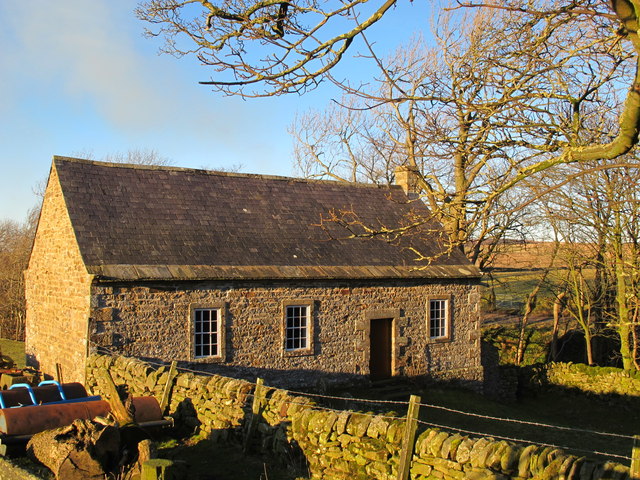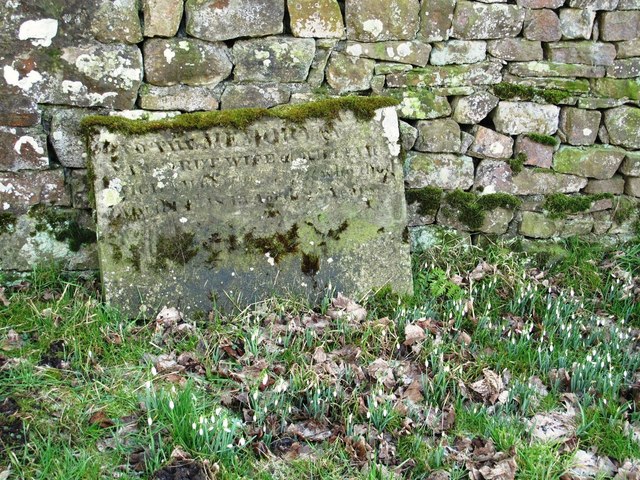Ashholme Common
Downs, Moorland in Northumberland
England
Ashholme Common

Ashholme Common, located in Northumberland, England, is a diverse and captivating natural landscape encompassing downs and moorland. Covering an area of approximately 500 acres, the common is a designated Site of Special Scientific Interest (SSSI) due to its exceptional ecological value and rich biodiversity.
The common is characterized by its undulating downs, which are covered in a variety of grasses, heather, and wildflowers. This habitat supports a wide range of plant species, including bilberry, heath bedstraw, and tormentil. The downs also provide ideal grazing grounds for sheep and other livestock, which contribute to the maintenance of the landscape through traditional farming practices.
In addition to the downs, Ashholme Common boasts expansive areas of moorland. The moorland is dominated by heather, which creates a vibrant purple carpet during the summer months. This habitat is important for several bird species, including the curlew, lapwing, and red grouse. Visitors to the common may be lucky enough to spot these iconic birds, as well as other wildlife such as hares, rabbits, and adders.
Ashholme Common is a beloved destination for nature enthusiasts, walkers, and photographers. Its picturesque landscapes and diverse flora and fauna make it an ideal location for outdoor exploration and appreciation of the natural world. The common's remote location and tranquil atmosphere offer a peaceful retreat from the hustle and bustle of everyday life, allowing visitors to connect with nature and experience the beauty of Northumberland's countryside.
If you have any feedback on the listing, please let us know in the comments section below.
Ashholme Common Images
Images are sourced within 2km of 54.906624/-2.4586031 or Grid Reference NY7056. Thanks to Geograph Open Source API. All images are credited.


Ashholme Common is located at Grid Ref: NY7056 (Lat: 54.906624, Lng: -2.4586031)
Unitary Authority: Northumberland
Police Authority: Northumbria
What 3 Words
///stars.fund.dustbin. Near Haltwhistle, Northumberland
Nearby Locations
Related Wikis
Coanwood Friends Meeting House
Coanwood Friends Meeting House is a redundant Quaker meeting house under the care of the Historic Chapels Trust. It stands in an isolated, sparsely populated...
Coanwood
Coanwood is a village in Northumberland, England, and is part of the Parish of Haltwhistle. It is about four miles (6 km) to the south-west of Haltwhistle...
Lambley railway station
Lambley was a railway station on the Alston Branch Line, which ran between Haltwhistle and Alston. The station, situated 4+3⁄4 miles (8 km) south-west...
Lambley, Northumberland
Lambley, formerly known as Harper Town, is a village and former civil parish, now in the parish of Coanwood, in Northumberland, England about four miles...
Have you been to Ashholme Common?
Leave your review of Ashholme Common below (or comments, questions and feedback).


















